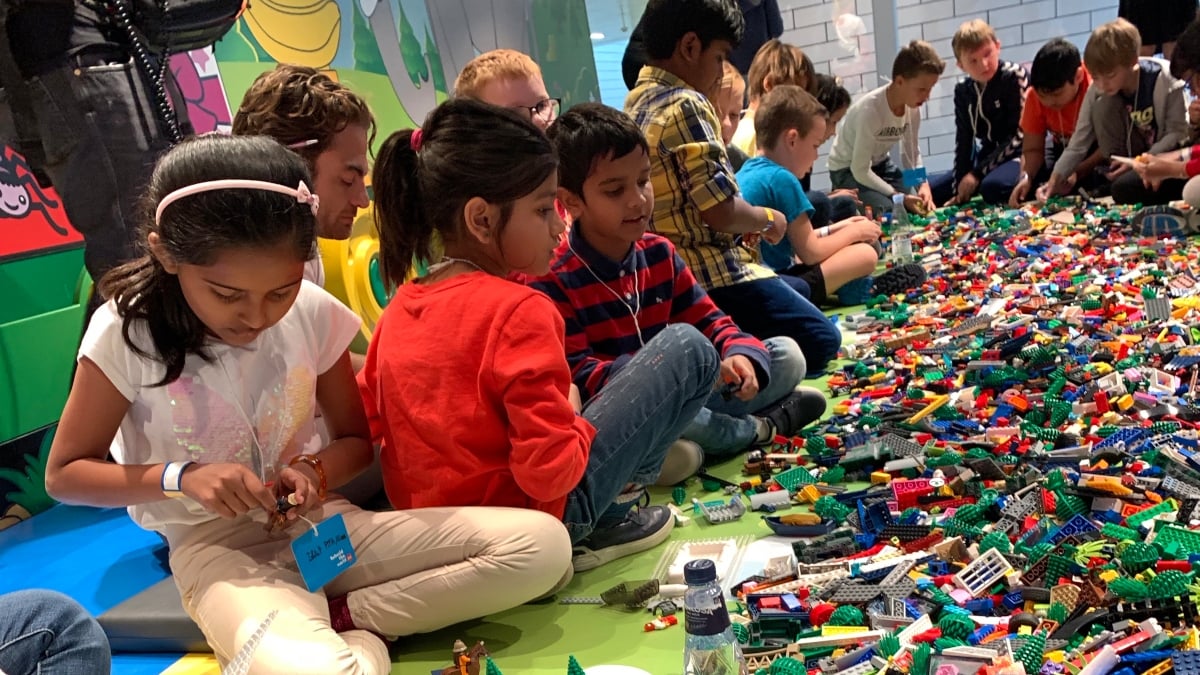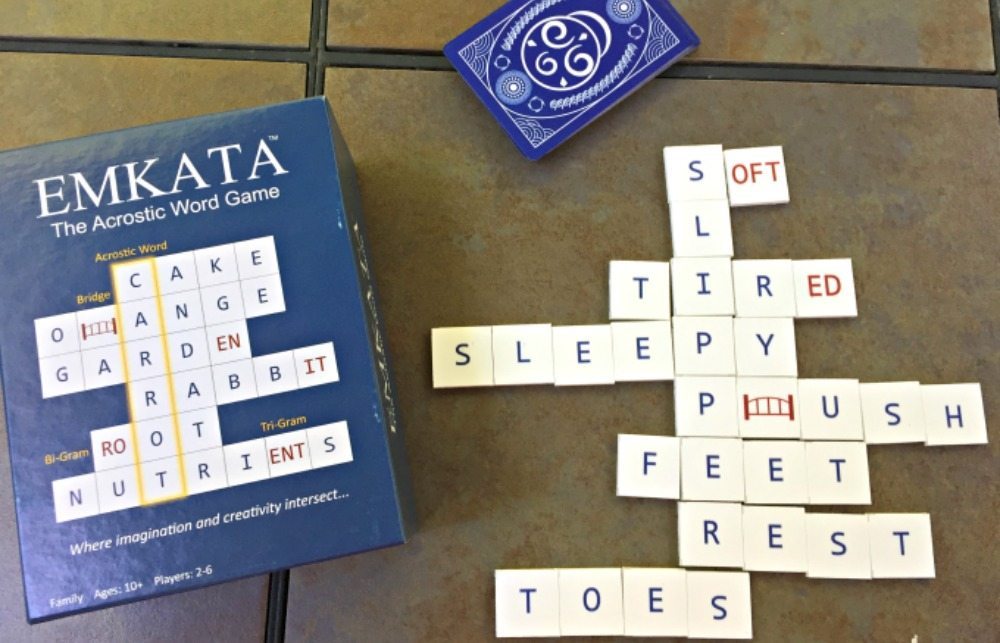LEGO Education holds a place near and dear to my heart. In fairness, the organization has been pretty amazing to me. They flew me out to their homeland, Billund, Denmark, back in September 2019 when LEGO announced its Rebuild the World campaign. Their president, Esben Staerk Jørgensen, spoke with me at length about the importance of LEGO Education and meeting kids at their level. However, throughout all my experiences with LEGO Education, I was never really able to understand how lower-income school systems would be able to use LEGO in their classrooms. With the starter packs being on the expensive side, the schools that could most benefit from LEGO Education might be left out. As always, LEGO Education accommodated my requests and put me in touch with Paula Don, Director of Educational Technology for the School District of Philadelphia.
How did you find LEGO Education?
I’ve been in education for a long time. I didn’t grow up in a house with LEGO, so my first introduction to them in education was when I was a director of technology, where I became aware of robotics programs. Later on, I volunteered at a FIRST LEGO League robotics event, and I thought it was fantastic. However, we had a lot of schools that didn’t know about it or couldn’t participate in the afterschool program.
I thought LEGO would have a bigger and wider impact if we put it in the classroom. What I’ve been working on for the past few years has been looking at how to use LEGO in the actual classroom. Most kids know LEGO, so it felt like a really easy fit to bring it in the classroom.
Describe your school system’s demographics to give us a sense of why this is an important relationship.
We’re a very large district—all of our schools qualify for free or reduced lunch. Because Philadelphia is one of the poorest cities in the country, we are striving for equity in the resources available to all schools, regardless of the zip code. Philadelphia is not different from a lot of urban districts around the country.
A lot of the challenges that our kids face are stability both at home and at school—and at school is critical. We’ve been putting a lot of emphasis on literacy skills to help kids read by 4th grade. We’re not where we should be, but we have made significant gains in the last few years.
Explain some of the biggest educational challenges your students face.
We have a large English Language Learner (ELL) program. There’s also a lot going on around trauma-informed instruction. School is one place where students are supposed to feel safe and secure, but they’re dealing with a lot of private trauma so that blending of home and school becomes more acute. We place a lot of emphasis on the whole child and trauma-informed instruction. Also, with the high turnover rate and constantly having new teachers, we’ve found that if teachers aren’t super confident in their teaching area, that’s a large challenge as well.
What were some of the primary curricular objectives you identified to help overcome these challenges?
Students learn best when they explore through hands-on activities and then unpack what they did. Then, you give them academic language to go along with what they’re learning.
I knew that having an explore-first mentality was necessary, and I knew LEGO Education would be an easy adoption for the students since they are already familiar with the toys. I had to find a content area that would allow LEGO Education to come in because I didn’t want to regulate to afterschool.
The first year I did this, I was big on robotics so we started using LEGO MINDSTORMS Education EV3 and LEGO Education WeDo. We also use Simple and Powered Machines because it was easier for the teachers to learn without the coding aspect.
We were able to align the LEGO curriculum directly to our state’s science standards. The kids are so much more engaged because those teachers who don’t know how to use some of the other resources will jump into using LEGO Education kits.
Why did you feel that LEGO Education was going to be important to your students?
Because it’s fun! LEGO Education understands in the way that challenges are designed. I love the idea of building confidence through hands-on learning.
It’s not just, “here’s a product and here’s how to use it,” but I feel as though, in addition to being fun, we (as in, LEGO Education and teachers) understand the approach together. It’s the kind of approach that we want to use with our students to get them engaged.
What did you feel was unique about LEGO or LEGO Education in meeting your curricular objectives?
I haven’t worked with any of the others. We looked into potentially getting other robotics devices, but I had a teacher come up to me and say no, we can’t do that because we need wheels; the wheels are an important part of robotics.
What were the biggest obstacles you faced trying to bring LEGO Education into your schools?
It’s very hard to get time with our teachers to train because of the competition for available professional development time. Also, getting the whole ecosystem of the school to understand that this is valuable play, and it’s OK for a principal to walk into a class where kids are playing and getting hands-on with LEGO Education products.
How did LEGO Education work with you to overcome these obstacles?
LEGO Education is always willing to listen to me; they were very willing to work with us directly in how we are aligning solutions. This meant the trainings we did became much more productive. They were using the language that our teachers would recognize and resonate with them. It was very collaborative, and it was a lot of fun to work with LEGO Education in that way.
How did the teachers feel, what were their responses, to the program?
They love it. We are growing in its adoption. Teachers are slowly wanting to use LEGO Education outside of what we train them for which is great. I think SPIKE Prime will also be more accessible to our teachers because it’s a lot less scary and intimidating than starting with EV3 Mindstorms.
How did the students feel, what were their responses, to the program?
The kids just love it. We have one of the teachers, whom we trained with WeDo, who has been using it with her middle school students. She’s using it with some of her ELL students, particularly the young girls who are shy and didn’t want to talk at first, and now those students are now talking to each other.
In our special education inclusion classrooms, the autistic support students who normally don’t talk are also now collaborating students—it’s just great to see.
How have you measured the outcomes to align them with the curricular objectives?
We haven’t measured outcomes because one of the issues with science is that in Pennsylvania, they only test in 4th and 8th grade. We have not been using it long enough and with fidelity that I feel we can accurately look at learning data. I do plan to look into this as we get better at monitoring how it is being used. SPIKE Prime will be a great way for us to capture outcomes once we roll it out.





I like this idea for kids with a point to educate. I have heard so many times about education methods like gaming (Minecraft si a great case) and I know about lego now. I have been learning from https://samplius.com/free-essay-examples/education/ about alternative education methods I am interested in. So, in those free essay examples must be something about the LEGO case too, I would like to find out more.
Great event!
I like Lego. This is a fantastic game that develops the intellectual abilities of the child. As a child, this game was one of my top favourite educational games, and even as an adult, I sometimes build Lego figures.